
Anti-Magic Academy: The 35th Test Platoon Hindi Subbed [12/12] | Taimadou Gakuen 35 Shiken Shoutai Hindi Sub

Taimadou Gakuen 35 Shiken Shoutai
Anti-Magic Academy: The 35th Test PlatoonSynopsis
Set in a world where witches run havoc, the military decides to shift from using sword to utilizing guns to neutralize magical threats. The Anti-Magic Academy is an institution that specializes in training witch hunters. Takeru Kusunagi, who can’t use guns and continues to fight with a sword, is relegated to the 35th Test Platoon, a motley group who can’t cooperate. One day, Ouka Ohtori, an elite pistol master who was forced into demotion, joins the platoon. Will they be able to gather their strengths and work together? (Source: Crunchyroll)
Watch Trailer
Characters
Episodes
Forged in the Crucible of Witchfire: Unveiling the Anti-Magic Academy’s Shadowed Legacy
In a fractured realm where the echoes of the Witch Hunt War still reverberate through shattered skylines, humanity clings to survival not through arcane whispers, but through the cold precision of gunfire. This is the unyielding foundation of Anti-Magic Academy: The 35th Test Platoon, a 2015 anime adaptation that thrusts viewers into a dystopian tapestry of technological supremacy clashing against lingering sorcery. Drawing from Tōki Yanagimi’s light novel series, the narrative orbits the beleaguered 35th Test Platoon—derisively dubbed the “Small Fry Platoon”—a ragtag assembly of misfits navigating the Anti-Magic Academy’s brutal regimen. Airing from October to December 2015 under Silver Link’s animation helm, this 12-episode season dissects the fragility of alliances in a world scarred by prejudice, where the line between hunter and hunted blurs into existential ambiguity. 20 Unlike conventional fantasy epics that glorify magic’s allure, this tale subverts expectations by portraying sorcery as a relic of terror, supplanted by industrialized warfare—a thematic pivot that elevates the series beyond mere action tropes into a meditation on obsolescence and adaptation.
Blades Against Bullets: The Relentless March of Technological Dominion
At its core, Anti-Magic Academy grapples with the inexorable evolution of power dynamics, mirroring historical shifts from melee to ranged combat in real-world warfare. The Witch Hunt War, a cataclysmic conflict 150 years prior, saw humanity teeter on extinction against witches wielding godlike spells. The pendulum swung dramatically: swords yielded to sorcery, only for firearms to reclaim dominance, rendering magic users near-extinct pariahs. The Anti-Magic Academy emerges as a fortress of this new order, training “Inquisitors” in non-lethal neutralization tactics, emphasizing squad-based operations over individual heroics. 22 This setting isn’t just backdrop; it’s a philosophical arena where outdated ideals—like protagonist Takeru Kusanagi’s katana prowess—collide with modernity’s demands. Takeru’s refusal to abandon his blade symbolizes a deeper resistance to erasure, critiquing how societies discard the “ineffective” in pursuit of efficiency. Yet, the series probes the cost: Inquisitors must capture, not kill, witches, fostering a moral quagmire that questions whether technology truly liberates or merely repackages oppression. This theme resonates in episodes like the mock battle tournament (Episodes 4-5), where the platoon’s improvised strategies expose the academy’s rigid hierarchy as a facade for systemic failures, blending high-stakes action with subtle commentary on militarized education. 25
Fractured Souls in the Firing Line: Dissecting the Platoon’s Psyche
The 35th Test Platoon’s ensemble forms the narrative’s beating heart, each member a mosaic of trauma and untapped potential, forcing viewers to confront themes of redemption and communal healing. Takeru Kusanagi, the hot-headed captain voiced by Yoshimasa Hosoya, embodies the archetype of the reluctant leader—masterful with swords yet hapless with guns, his “Demon Slayer Mode” via the Relic Eater Lapis Lazuli amplifies his physicality at the expense of his humanity, exploring the perils of unchecked power. 40 Ouka Ootori (Chika Anzai), the demoted elite with a vendetta against witches after her family’s slaughter, represents vengeful isolation; her arc from lone wolf to team pillar underscores forgiveness’s redemptive force, culminating in her permanent pact with Vlad to safeguard Takeru’s sister Kiseki. 52 Usagi Saionji (Natsumi Yamada), the stage-frightened sniper from nobility, grapples with inadequacy, her “rabbit ears” accessory a poignant emblem of vulnerability masking lethal precision. Ikaruga (Iori Nomizu), the eccentric inventor with a shadowed past involving experimental horrors, injects levity through her gadgetry while delving into ethical dilemmas of creation—her wood-elf “daughter” subplot in later arcs hints at familial bonds forged in ethical gray zones. 46
Mari Nikaizumi (Ayane Sakura), the amnesiac witch integrated into the platoon, serves as the thematic fulcrum: her Aurora attribute enables versatile magic, challenging the academy’s anti-magic dogma and illuminating prejudice’s folly. Through her, the series interrogates identity and atonement; manipulated by Valhalla’s terrorists, Mari’s journey from perceived villain to ally critiques blind hatred, echoing real-world discussions on radicalization and reintegration. Kiseki Kusanagi (Kana Hanazawa), Takeru’s demon-possessed sister, amplifies sibling bonds twisted by curse, her “brother complex” adding layers of psychological depth to themes of familial sacrifice. 53 Collectively, these characters transcend harem clichés—though romantic tensions simmer—evolving into a found family that humanizes the platoon’s underdog status, with each episode peeling back emotional scars amid chaotic skirmishes.
Shadows of the Witch Hunt: Moral Ambiguities and Societal Scars
Delving deeper, the series masterfully weaves themes of ethical relativism and the cyclical nature of violence. The Inquisition’s non-violent mandate contrasts starkly with Ouka’s lethal tendencies, highlighting institutional hypocrisy: witches are “neutralized” yet subjected to torture, mirroring post-war tribunals’ moral compromises. 63 Valhalla’s terrorist ideology, born from witch persecution, posits magic as cultural heritage suppressed by human tyranny, forcing protagonists to question if the academy perpetuates the war it claims to end. Episodes 7-8, involving the witch hunt festival, expose class divides and inherited biases, as Usagi’s arranged marriage plot critiques commodification of women in stratified societies. Broader motifs include the fusion of Norse mythology—Relic Eaters like Mjolnir and Gungnir draw from godly armaments—with sci-fi elements, symbolizing how ancient lore persists in mechanized eras, a nod to humanity’s enduring fascination with the supernatural. 35 The clan’s hereditary curse afflicting the Kusanagi siblings further explores predestination versus free will, positing that personal agency can shatter generational chains, a fresh take on fantasy’s predestined hero narratives.
Echoes from the Void: Critical Echoes and Enduring Resonance
Reception for Season 1 has been polarized yet enduring, with MyAnimeList averaging 6.57/10 from over 200,000 users, praising its brisk pacing and character dynamics while critiquing rushed plotting and fanservice overload. 22 IMDb’s 6.3/10 reflects similar sentiments: reviewers laud the “air of doubt about good and evil” but decry superficial world-building due to the 12-episode constraint, which compresses five light novel volumes into a whirlwind, omitting grimdark depths like mass casualties that define the source material. 0 Anime-Planet users note echoes of The Asterisk War, faulting clichéd harem elements but appreciating underdog triumphs, with one review calling it “a fun anime” despite “rushed” resolutions. 26 Reddit threads highlight adaptation woes—the anime sanitizes the novels’ darker tones, transforming a “grim dark” saga into lighter fare, leaving arcs like Kiseki’s unresolved and fueling calls for a Season 2 that never materialized. 16 On X (formerly Twitter), recent discussions (as of late 2024) oscillate between nostalgic laughs at its “shit” execution and defenses of its humor, underscoring its cult appeal among ecchi-action fans. 80
Critically, Anime News Network’s review of the manga adaptation dings inconsistent art and panty-shot excess, yet acknowledges the “action-packed” core that inspired multiple formats. 13 Thematically, its exploration of bias—witches as “evil” versus misunderstood—resonates today, akin to debates on otherness in media like Attack on Titan. While not revolutionary, Season 1’s purity lies in its unfiltered portrayal of flawed heroes, offering a next-level blend of spectacle and substance that lingers as a testament to anime’s capacity for nuanced world-building amid chaos.
Whispers of Unfinished Spells: Legacy and Lingering Questions
As Season 1 fades into the annals of 2010s anime, its unresolved threads—Kiseki’s fate, the platoon’s promotion, Sougetsu Ootori’s enigmatic manipulations—invite speculation on untapped potential. The light novels’ 13 volumes expand into god-slaying epics, revealing Loki’s influence and deeper curses, suggesting the anime’s brevity sacrificed depth for accessibility. 2 In a landscape dominated by polished sequels, Anti-Magic Academy stands as a raw, imperfect gem: epic in ambition, unique in its anti-magic ethos, and profoundly informative on the human cost of progress. For newcomers, it’s a gateway to questioning power’s true wielders; for veterans, a reminder that even small fry can ignite revolutions. This season doesn’t just entertain—it ignites introspection on a world where bullets silence spells, yet the magic of resilience endures.


























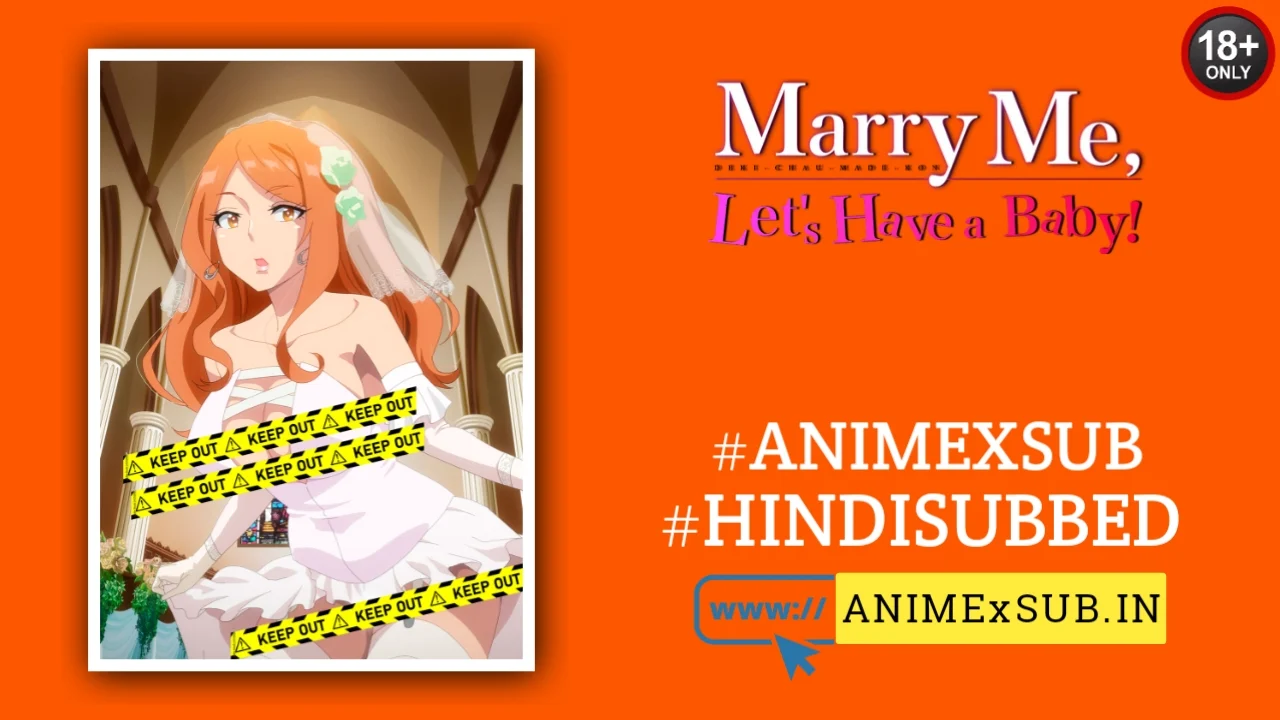
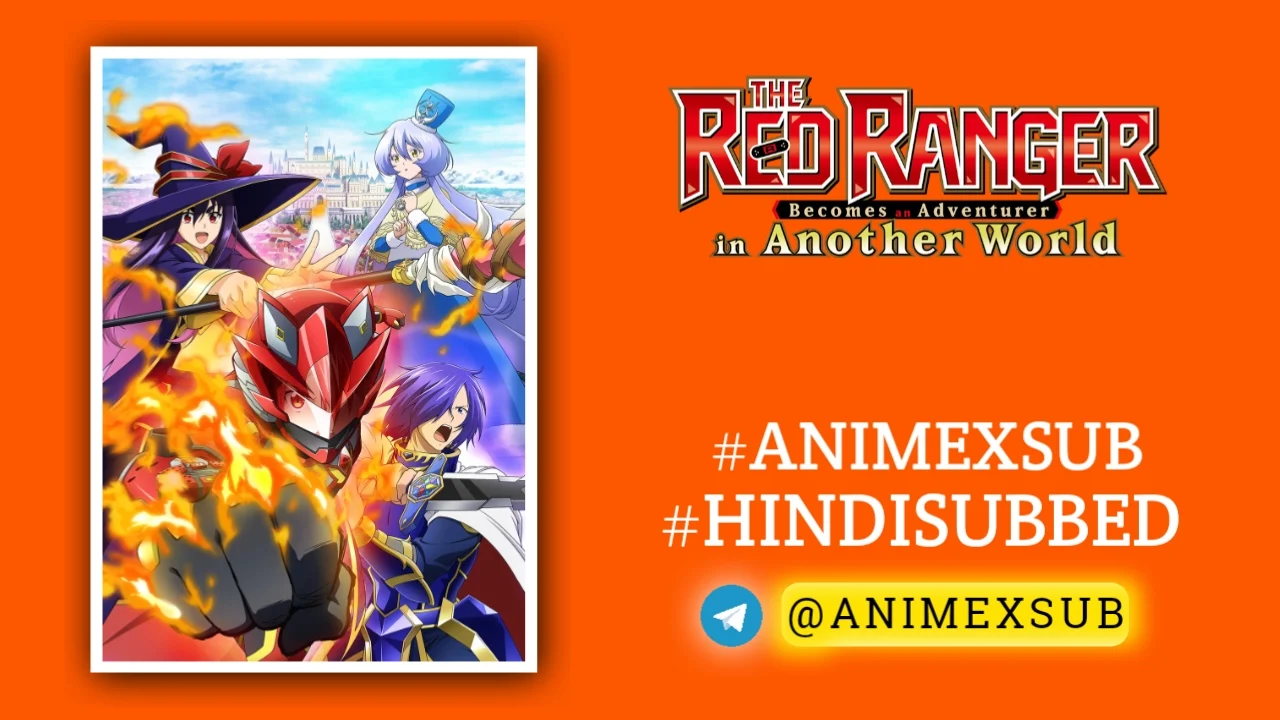

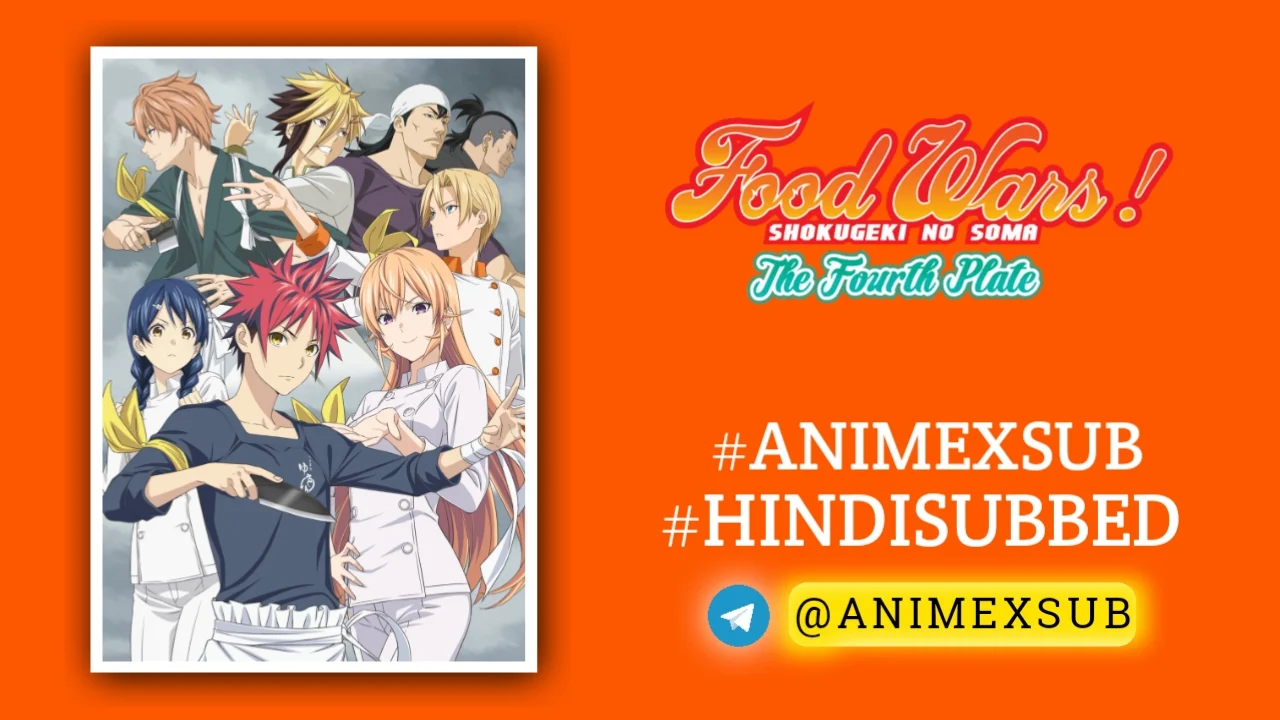
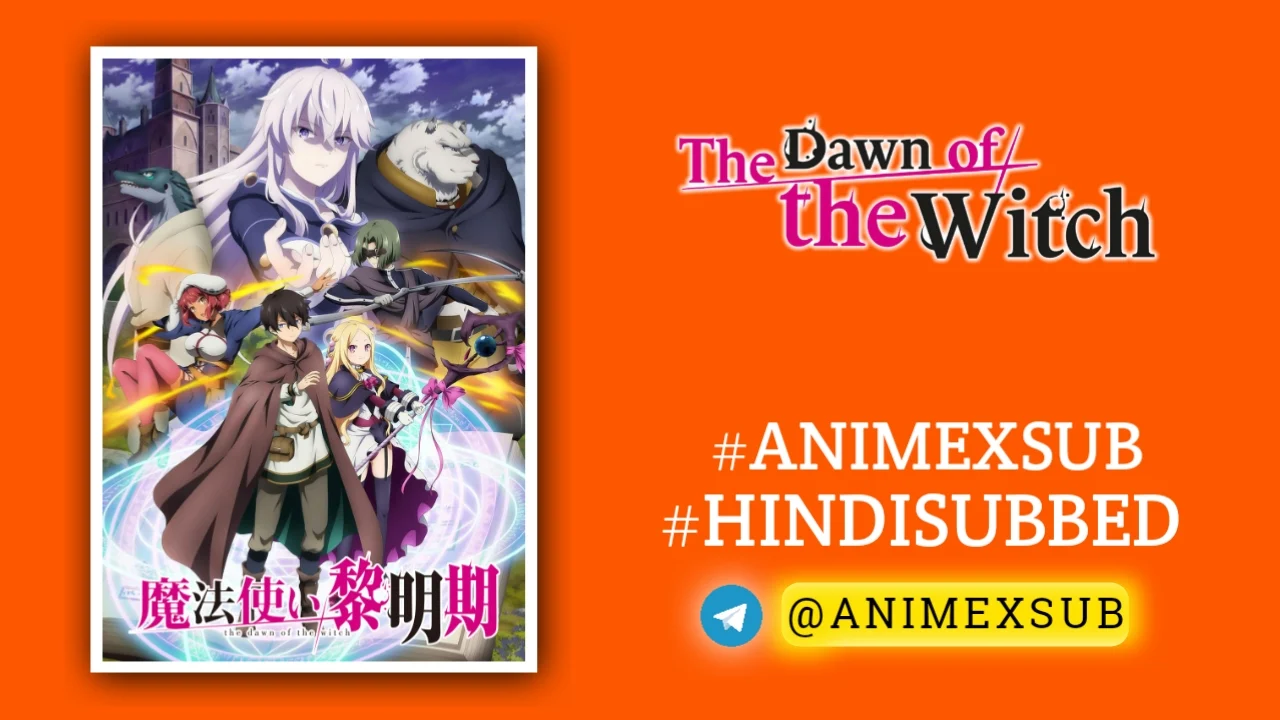
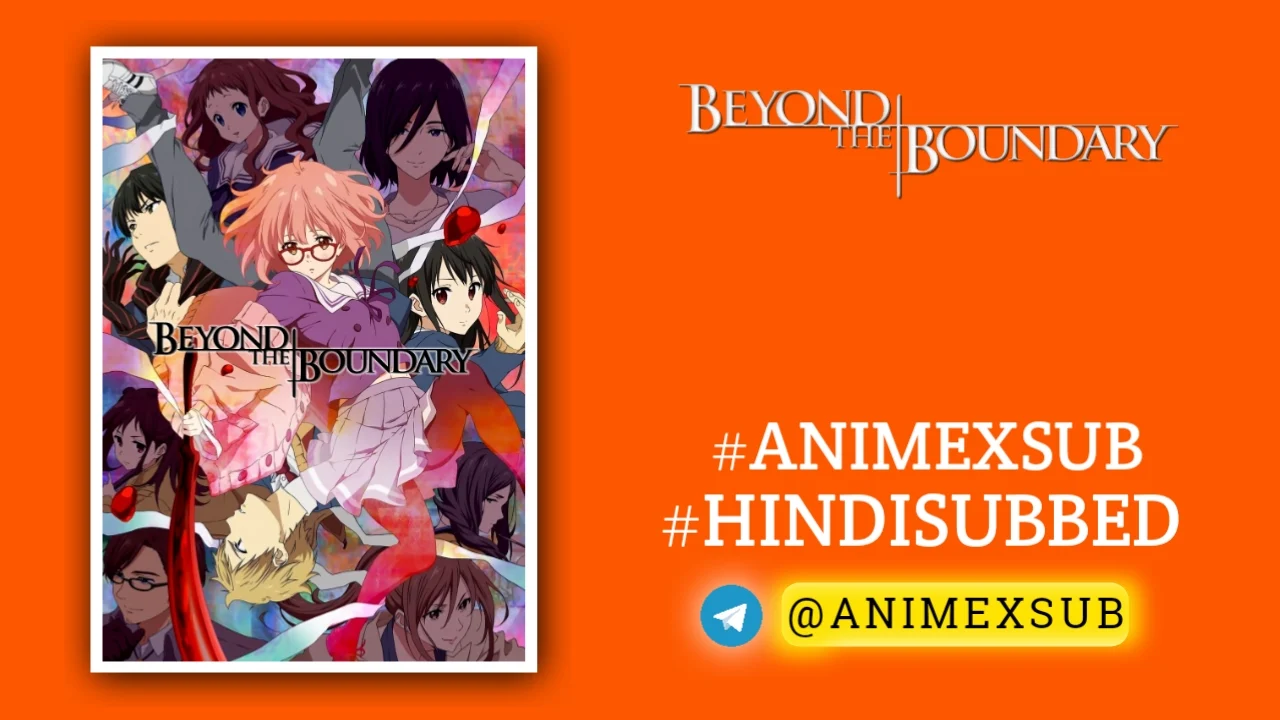
Bhai kekkai sensen s1 ke episodes mai ek bhi eps download nhi ho rha this site can’t be reached bata rha hai fix karo
New Server 2 Added ✅